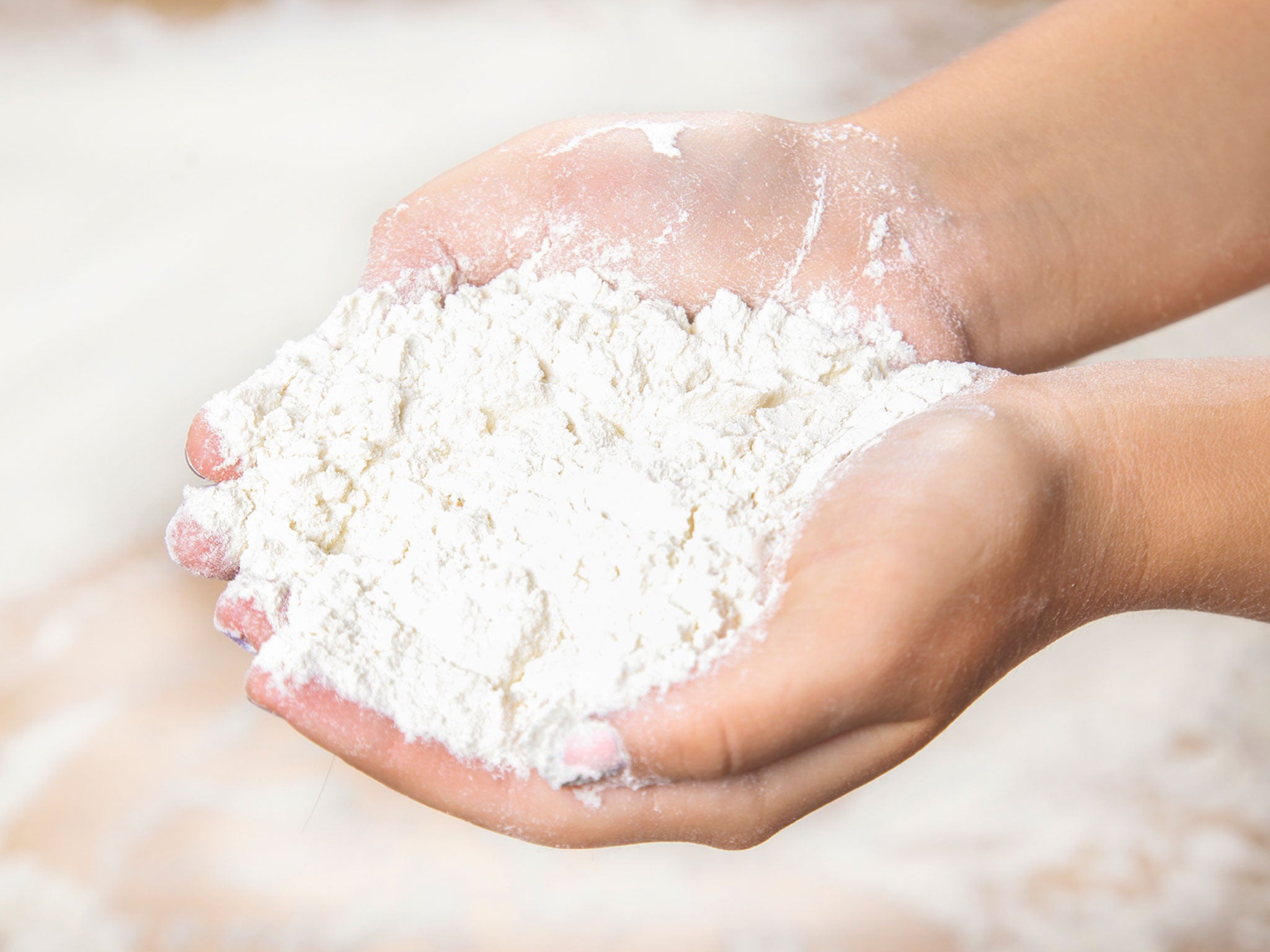Johnson & Johnson ordered to pay $55m to survivor in talc cancer case
Attorney Jim Onder said Johnson & Johnson's marketing targeted overweight women, blacks and Hispanics

Your support helps us to tell the story
From reproductive rights to climate change to Big Tech, The Independent is on the ground when the story is developing. Whether it's investigating the financials of Elon Musk's pro-Trump PAC or producing our latest documentary, 'The A Word', which shines a light on the American women fighting for reproductive rights, we know how important it is to parse out the facts from the messaging.
At such a critical moment in US history, we need reporters on the ground. Your donation allows us to keep sending journalists to speak to both sides of the story.
The Independent is trusted by Americans across the entire political spectrum. And unlike many other quality news outlets, we choose not to lock Americans out of our reporting and analysis with paywalls. We believe quality journalism should be available to everyone, paid for by those who can afford it.
Your support makes all the difference.Twice in the past three months, juries have awarded tens of millions of dollars to ovarian cancer victims who blamed Johnson & Johnson talcum powder for their illness — among the first verdicts in a gathering courtroom assault by law firms that are aggressively recruiting clients through TV ads and the Internet.
While the link between ovarian cancer and talc is a matter of scientific dispute, a St. Louis jury Monday ordered Johnson & Johnson to pay $55 million to a South Dakota survivor of the disease. In February, another St. Louis jury awarded $72 million to relatives of an Alabama woman who died of ovarian cancer.
They are among several hundred lawsuits claiming that regularly applying products like Johnson's Baby Powder and Shower to Shower to the genitals can cause the often-lethal cancer.
Both cases were handled by the Onder Law Firm, based in suburban St. Louis, one of the firms with ads running nationwide that urge cancer victims to come forward.
Attorney Jim Onder said Johnson & Johnson's marketing targeted overweight women, blacks and Hispanics, "knowing that those groups were most at-risk for talc-related ovarian cancer," he said. "It's horrible."
Onder said researchers began connecting talcum powder to ovarian cancer in the 1970s. Some case studies have indicated that women who regularly use talc on their genital area face up to a 40 percent higher risk of developing ovarian cancer.
But other studies have found no definitive link, the company said.
"Unfortunately, the jury's decision goes against 30 years of studies by medical experts around the world that continue to support the safety of cosmetic talc," Johnson & Johnson spokeswoman Carol Goodrich said in a statement.
Teri Brickey, forewoman of the jury that decided the latest case by a 9-3 vote, said she found the science presented by the plaintiffs more believable.
"I will never use talc again. It's definitely concerning to me," Brickey, 45, told The Associated Press. "I think it's a potential health hazard for some women -— a small percentage, but it is a percentage."
Talc is a naturally occurring mineral that is mined from the soil. It is widely used in cosmetics and other personal care items to absorb moisture, prevent caking and improve a product's feel.
Onder's firm alone has around 1,200 other talcum-related lawsuits pending — roughly 1,000 in St. Louis and 200 in New Jersey, Onder said. Legal experts not involved in the lawsuits said Johnson & Johnson will probably consider a settlement after two big losses.
"One blockbuster jury award can be written off as a fluke," said Nora Freeman Engstrom, a Stanford University law professor. "When you have two, it starts to look like a trend, and a very worrying one for Johnson & Johnson."
Goodrich said Johnson & Johnson is appealing both verdicts while "focusing on the next trial."
The medical community hasn't reached a consensus on talc as a possible carcinogen.
The International Agency for Research on Cancer classifies genital use as "possibly carcinogenic." The National Toxicology Program, made up of parts of several different government agencies, including the National Institutes of Health, the Centers for Disease Control and Prevention and the Food and Drug Administration, has not fully reviewed talc.
Dr. Adetunji Toriola, a cancer epidemiologist at Washington University's Siteman Cancer Center in St. Louis, said case studies indicate that women who use talc increase their chances of developing ovarian cancer by 20 to 40 percent. Ovarian cancer is highly deadly because it is often diagnosed too late.
"It's probably just safer not to use talc for that reason," Toriola said.
He said talc might cause inflammation, which in turn is believed to increase the risk of ovarian cancer.
Dr. Joshua Muscat, a Penn State public health professor and paid Johnson & Johnson consultant who testified for J&J in the earlier trial, said Tuesday that scientific agencies including the National Cancer Institute, the FDA and the American Cancer Society have never found a link between talc and ovarian cancer.
"That finding was made only in the court of law and not among official scientific agencies," Muscat said. "In my opinion, it's settled in the scientific community."
The two St. Louis verdicts were the first talcum powder cases in which money was awarded. A federal jury in 2013 sided with another South Dakota woman, but it ordered no damages, a spokeswoman for Onder's firm said.
Johnson & Johnson has been targeted before by health and consumer groups over ingredients in its products, including Johnson's No More Tears baby shampoo.
After three years of petitions, bad publicity and a boycott threat, the company agreed in 2012 to eliminate 1,4-dioxane and formaldehyde, both considered probable carcinogens, from all products by 2015.
AP
Join our commenting forum
Join thought-provoking conversations, follow other Independent readers and see their replies
Comments